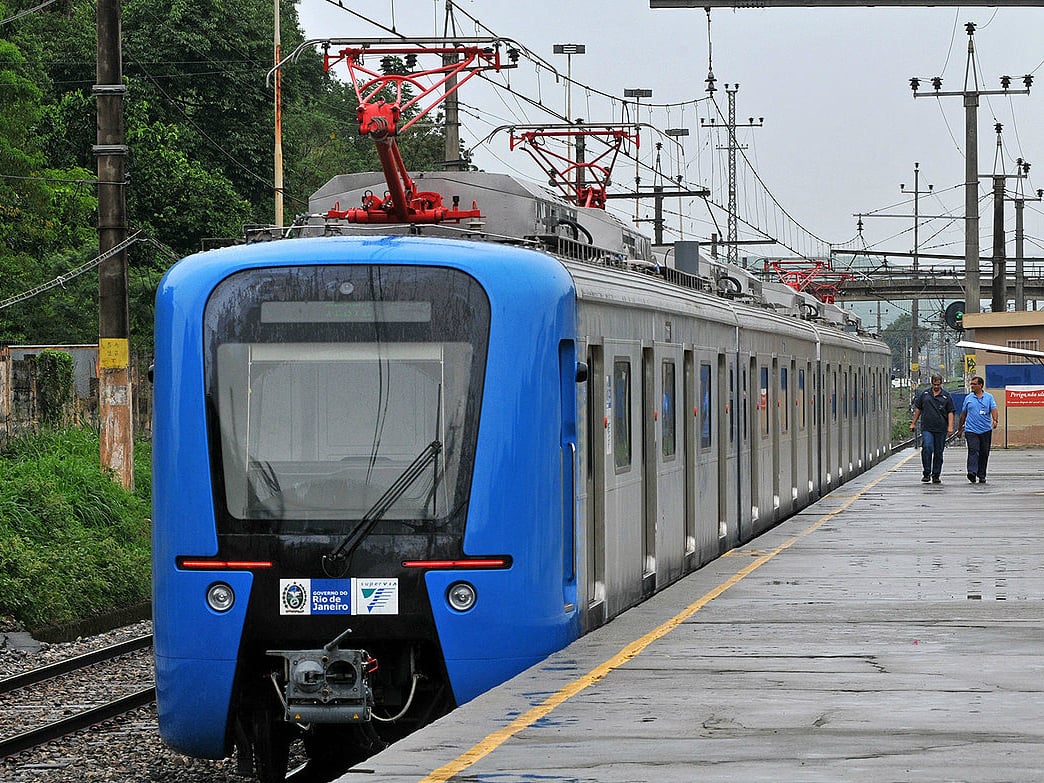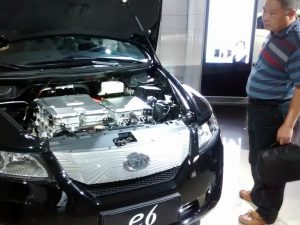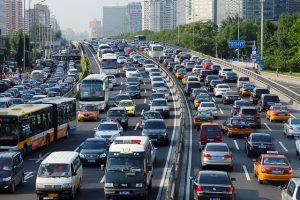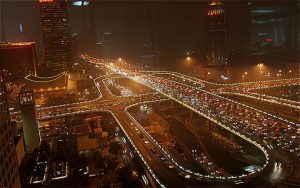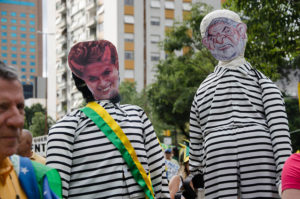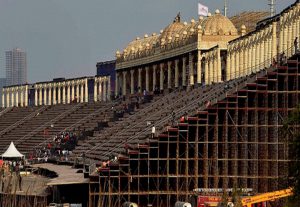With around four million Cariocas (Rio de Janeiro residents) and tourists expected to use Rio’s public transport network during this year’s Olympic Games, the city government hopes congestion and overcrowding will soon become part of its inglorious past.
The host city has one of the worst levels of urban mobility in Brazil, according to national indices. Local governors are working with Chinese companies to introduce new technology that will resolve its longstanding transport problems before throngs of sports fans arrive in late August.
Rio’s undulating terrain, mangroves and sprawling unplanned settlements or favelas – many of which are situated in the city centre – have created obstacles to improving the public transport network.
Furthermore, the Brazilian government has strongly incentivised car ownership since the 1950s.
While historically this has benefited cars manufacturer, the knock-on effect has been to create a disproportionately high number of motorists responsible for Rio's infamous traffic congestion.
“The big cities are crammed and there cannot possibly be any further investment in individual, or road transport,” Paulo Pausin, president of the National Federation of Metro Workers, told Agência Brasil in 2014.
Efforts to tackle the congestion have been in the works since Brazil won the Olympic bid in 2009. In 2012, the government introduced the National Urban Mobility Policy, which prioritised public transport projects as part of an attempt to reduce growing CO2 emissions within the transport sector. That same year, underground train operator MetrôRio purchased a batch of 19 trains made in China. The second batch, consisting of a further 15 trains arrived in early 2015.
More recently, Chinese vehicle manufacturer BYD started negotiations with the city government to provide hybrid or electric buses for routes connecting the upmarket Zona Sul (south zone) to the city centre. The city administration plans to introduce more of the fuel-efficient vehicles, which currently make up less than half of all those in operation in Rio.
Greener buses and trains
Rio's upgraded buses are capable of transporting passengers at a time and are likely to operate on the Bus Rapid Transport (BRT), a rapid transport system set up in 2014 with two bus lanes – a further three under construction.
China's BYD will provide the green technology for the buses while Brazil's Rio Grande do Sul-based manufacturer, Marcopolo, will supply the bodywork. In addition to the electric motor, BYD will also supply the frame. By working in partnership to produce different components, the manufacturers will comply with Brazilian industrial legislation, which protects local manufacturers' share of the auto market.
“This would facilitate the issue of local content,” said BYD Brasil’s Adalberto Maluf in conversation with Diálogo Chino. Maluf added that the price of an electric bus in Brazil is 20% higher than that of a conventional model, but lower maintenance costs and the use of electricity offset the higher purchase price.
Increased trade has been supported by new bilateral trade agreements in the rail sector. Rio’s new trains are also Chinese. Of the 201 trains operating on the city’s eight lines, 100 were purchased from China. Brazil’s state-owned Supervia is overhauling Rio’s 270km rail network that caters to 800,000 passengers daily, which is served by an ageing fleet of trains that are 40-years-old or more. The need for new imported carriages is expected to go up.
The supply of the trains assembled in the Chinese city of Changchun is the result of two agreements between the Rio de Janeiro State government and the Chinese consortium CMC/CNR/CRC, in a deal worth R$2.4 billion (US$600 million).
According to operations director of Supervia, João Gouveia, the company has saved 30% in energy consumption by using the Chinese trains, which are connected to the alternating current grid, as opposed to the old models which rely on a direct current traction system.
Gouveia explains that the units are automated and equipped with a state-of-the-art cooling system that can help passengers cope with Rio’s frequent temperatures of nearly 40 degrees. Some old Supervia’s trains will still be refurbished, but this will be carried out by the French company Alstom, which has a factory in Brazil.
Metro challenges
MetrôRio, which transports roughly 850,000 people a day on Rio’s underground, has also turned to China to renovate its underground fleet.
One new station along a planned extension line will serve the new Olympic village and the affluent Barra de Tijuca neighbourhood in western Rio – which is home to some 300,000 people – connecting it with the downtown area via the ‘Transolympic’ line.
However, the introduction of the new trains, which was funded by a US$600 million loan from the World Bank, has not run entirely smoothly. The Chinese models are larger and their introduction has necessitated the adaptation of some stations, tracks and tunnels – at some cost.
Before the outbreak of the Zika virus last month, smooth-running transport, along with pollution, was one of Rio’s main concerns in the run-up to the Olympic Games. However, the Zika virus – which is transmitted by mosquitos and causes fetal abnormalities – has overshadowed these concerns. Meanwhile, improvements to the city's transport system have attracted some praise from the city’s mayor, Eduardo Paes, and are seen as one of the few positives delivered by the event.
Still, improvements have not come fast enough to keep up with the new pressures placed on Rio's public transportation. MetrôRio and Supervia have experienced a swell in passengers in recent years and the city has turned into something of a building site, according to residents.
The downtown region, where the port area has been remodelled for the installation of the modern tram system has been especially hard hit. The development of the port zone has caused road closures, heavy traffic jams and restricted parking, forcing locals to switch to trains.
Yet Rio's local government remains optimistic. It hopes that the increase in motorists using buses and trains in the run up to the 31st summer Games will kick-off a new era Rio’s public transport network, and not a false start.
